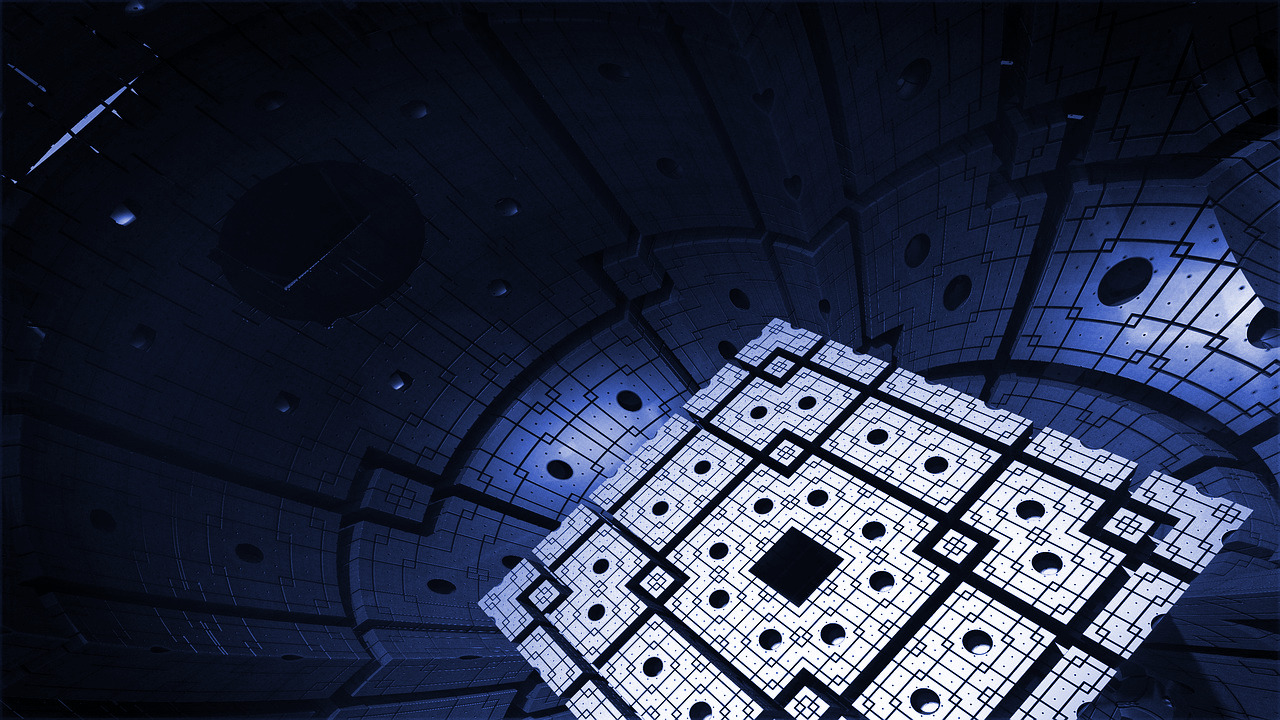Starlink Installation and the Future of Web Technology: Connecting the Unconnected

The internet has become an essential part of daily life, but reliable high-speed internet remains out of reach for many people in remote or underserved areas. Enter Starlink, SpaceX’s ambitious project to provide global internet coverage through a network of low-Earth orbit satellites. This technology is not just about bringing the internet to every corner of the globe; it’s about revolutionizing web technology and connectivity in ways that were previously unimaginable.
Bridging the Digital Divide
Access to high-speed internet is often taken for granted in urban areas, but millions of people still live in regions where such access is limited or nonexistent. This digital divide has far-reaching implications, affecting education, healthcare, business opportunities, and social connections. Starlink aims to bridge this gap by offering a solution that traditional internet providers have struggled to deliver.
Installing Starlink equipment, particularly in remote locations, is crucial to making this vision a reality. Starlink installation involves setting up a small satellite dish, or “Dishy,” that communicates with Starlink satellites orbiting the Earth. This setup allows users to access high-speed internet, no matter how isolated their location.
The Technical Side of Starlink Installation
Starlink installation is a blend of cutting-edge technology and practical know-how. Installers must ensure the dish has a clear line of sight to the sky to maintain a strong connection with the satellites. This often involves finding the optimal location on a property, free from obstructions like trees or buildings. The dish then connects to a Wi-Fi router inside the home, providing high-speed internet access.
One of the most innovative aspects of Starlink is its ability to provide consistent internet speeds, even in areas where traditional broadband struggles. This is achieved by using low-Earth orbit satellites, which are closer to the Earth than traditional satellites, reducing latency and improving overall performance.
Paving the Way for Future Innovations
The implications of Starlink extend far beyond just providing internet access. As more people connect to the network, the potential for innovations in web technology increases. For instance, remote work and education could become more accessible, allowing people in rural areas to participate fully in the digital economy. Additionally, the widespread availability of high-speed internet could spur the development of new technologies that rely on fast, reliable connections, such as advanced telemedicine, IoT devices, and smart infrastructure.
Starlink installation is not just about connecting the unconnected; it’s about laying the foundation for the future of web technology. As more areas gain access to high-speed internet, the possibilities for innovation and development are virtually limitless.
READ ALSO: Virtual Tours in Exploring Plots for Sale in Aerocity Mohali
Conclusion: A New Era of Connectivity
Starlink is not just a technological marvel; it’s a game-changer for millions worldwide. The work of Starlink installation teams is helping to close the digital divide and bring the benefits of the internet to even the most remote corners of the globe. As we look to the future, Starlink’s impact on web technology and global connectivity will only continue to grow, paving the way for a more connected and innovative world.





